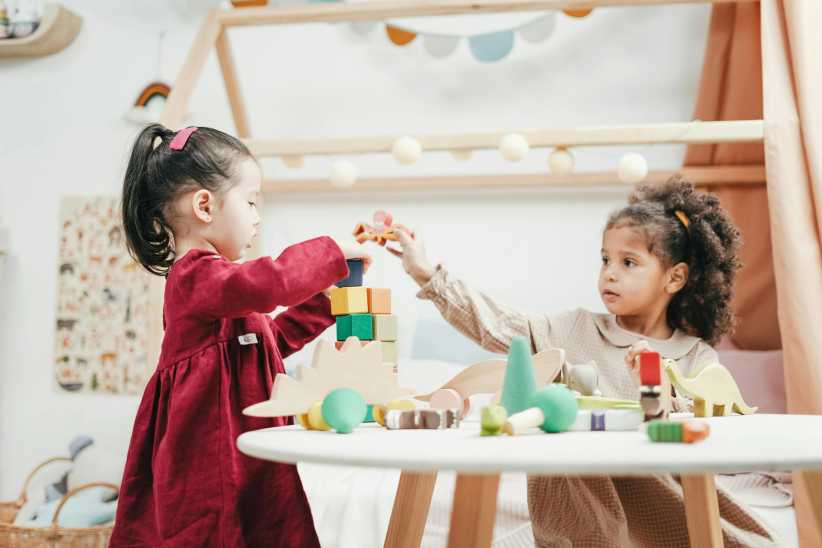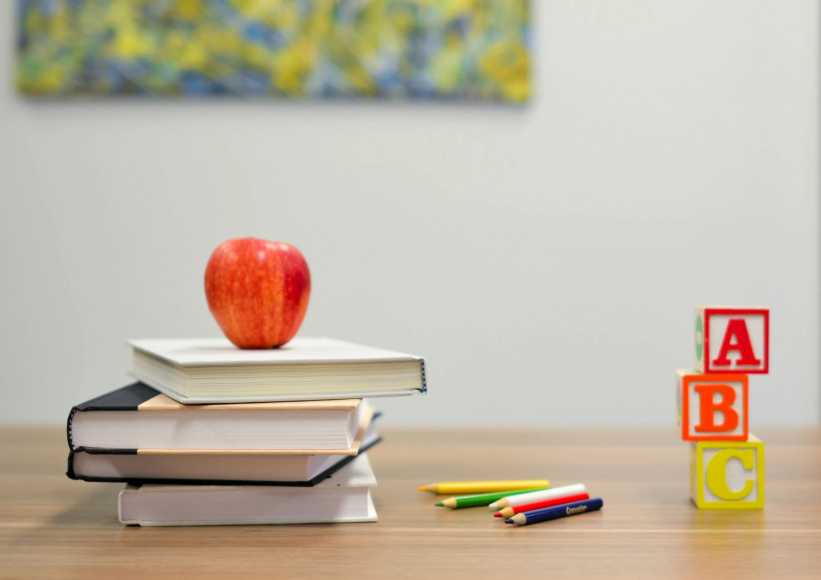St. Patrick’s Cathedral is a world-famous New York landmark, known for its neo-Gothic architectural style. Built in 1879, this structure embodies a long-standing tradition of Catholic faith, ministry, and education that is very much alive today.
At a time when New York City public schools are undergoing massive restructuring with struggling schools slated to close, working families have an alternative in the Catholic school system. The neighborhood Catholic school is a pillar of strength and culture in many communities, offering a wide variety of services, from financial aid, to academics and sports, as well as spiritual development.
The Catholic education model, combining faith-based development and future-focused education, has historically offered many a way out of poverty. During the early-to-mid-20th century, neighborhood public schools were largely overcrowded and not necessarily providing top-notch education. In the early days of the immigration wave, it was primarily Irish and Italian immigrants that sent their children to Catholic schools. To ensure that their children would be taught their values, they opted for a parochial school education.
This reasoning resonates today with many parents in search of a “good school.” Joe and his wife send their children to Sacred Heart in Queens. In his words: “I feel that Catholic schools offer more of a family and community-oriented atmosphere. The smaller class sizes and smaller student body ensures that everyone knows each other and can form relationships. The principals and teachers know all of the students and therefore can make more informed decisions for each individual.”
The Catholic school demographic has shifted with each new wave of immigrants, and one didn’t necessarily have to be Catholic to choose this option. As a result, many Catholic schools have continued as an integral part of our citywide school landscape of ethnic, cultural, and religious diversity.
“Catholic schools are not just meant for the faithful. We are here to grow faith by building community and reaching out to those in need,” says Tom O’Brien of the Brooklyn Diocese, which is involved in raising scholarship funds to help families offset tuition costs.
“But not every Catholic school family is in great economic need,” O’Brien said. “Our demographic is changing. We have seen an influx of middle income families who choose Catholic school because of the class size, excellence in education, and for a safer environment than what most parents think the neighborhood public school would offer.”
Patty, a public school teacher from the Bronx, sends her son Ronald to a Catholic elementary school.
“The environment stresses academics and doing the right thing,” she says. “The teachers set high standards for the children. They are expected to do well and they rise to the occasion.”
Many Catholic school students are the first in their families to graduate from college. In low-income neighborhoods, this means that the school is providing the lion’s share of educational support for children who do not have access to private tutoring or help at home.
There is a 99 percent graduation rate for Catholic high schools, compared to the 41 percent public high school graduation rate. And 97 percent of Catholic high-school students go on to graduate college. Overall, Catholic school seems to outperform public school and is a viable, less-expensive system of education in the private sector.
In fact, in 2011, only two private schools in New York State were designated by the U.S. Department of Education as “Blue Ribbon,” a program that honors public and private elementary, middle, and high schools whose students achieve at high levels, or schools that make significant progress in closing the achievement gap. Both were both Catholic schools in the Archdiocese of New York — St. Ignatius Loyola School on E. 84th Street and St. Ignatius on Mott Street, both in Manhattan.
The incentives for getting a Catholic school education are different than what they used to be, and this is changing the demographics of Catholic school students.
“Families that don’t have money don’t usually have many choices. We needed to find a school with the right mix for Benny,” says Elizabeth, a Brooklyn mother of two, who chose to send her son to a Catholic school with solid academics and a baseball program. “He really wanted to play baseball. The only school that we could find to bridge the gap was a Catholic school.”
Likewise, Patty, of East Harlem, sends her daughter Amber to a bilingual Catholic school.
“My daughter goes to a school that gives her [education] in both languages,” says Patty. “Sure, they speak the same languages in the public school around the corner, but it is unofficial. The public school does not have the same structure.”
Amber’s Catholic school is also closely related to other parish activities and offers bilingual Masses, events, and service projects for the community. This makes the Catholic school a great way for Patty and Amber to meet people of similar backgrounds and build a community.
Unfortunately, keeping these schools open has become a challenge. The Catholic school sector is no different than any other, and closings have been publicized. In response, Catholic schools are researching and developing new educational business models. Some Catholic schools have closed their doors, only to reopen as academies.
For example, in South Ozone Park, the Nativity of the Blessed Virgin Mary School and St. Stanislaus Bishop and Martyr School closed, only to be succeeded by the Divine Mercy Catholic Academy. Because the school involves more than one parish, it is called an academy, to differentiate it from a single-parish school. Since 2005, the Brooklyn Diocese has opened many Catholic academies in Brooklyn and Queens.
The Brooklyn Diocese has also implemented the program “Preserving the Vision.” The name means exactly what it says: preserving what has always been an integral part of Catholic life — the education of children. This vision includes developing schools that will be better able to meet the diverse and changing needs of students and parents.
The Archdiocese has also initiated the “Pathways to Excellence” program, aimed at professional development for principals, teachers, and staff at schools that already do outstanding work. Because of the diverse population, there is still more than can be done to close the achievement gap. The program is aimed at raising standardized test scores and providing teachers with new classroom tools, such as the digital teaching program for fourth and fifth grade math, “Time to Know,” which provides online learning, data collection, and feedback for the school.
For families who are interested in learning more about Catholic education and whose children are (or will be) in graces pre-K through grade eight, New York City Catholic schools are hosting “Touring Tuesdays” from January through April. Look up the schedule online at catho
Personally, I am proud to share that my fondest childhood memories revolve around a humble beginning, in a humble neighborhood. My siblings and I attended a Catholic elementary school, Our Lady of Victory, for eight years. I am pleased that Catholic schools are committed to remaining vibrant institutions for generations to come.
Candi Sparks is a licensed financial professional and the author of children’s books about money including “Can I Have Some Money? Educating Children About Money,” “Max Gets It!” and “Nacho Money.” She is a Brooklyn mother of two and is on Facebook (Candi Sparks, author) and Twitter (Candi Sparks, author). Her website is www.candi















